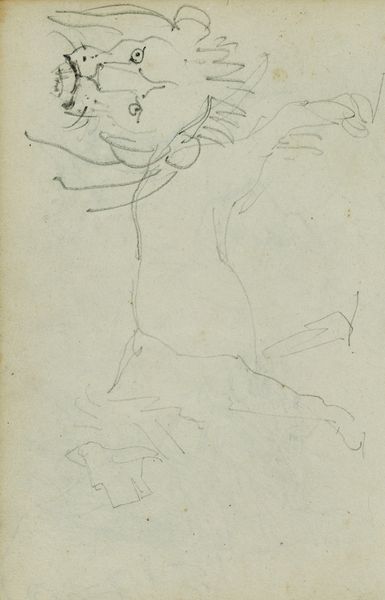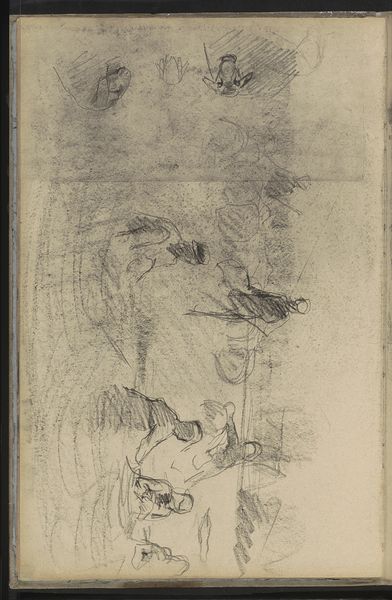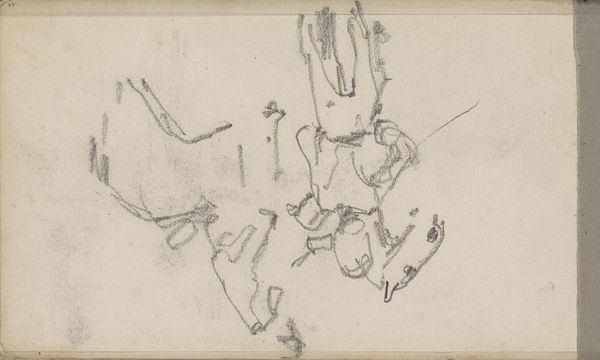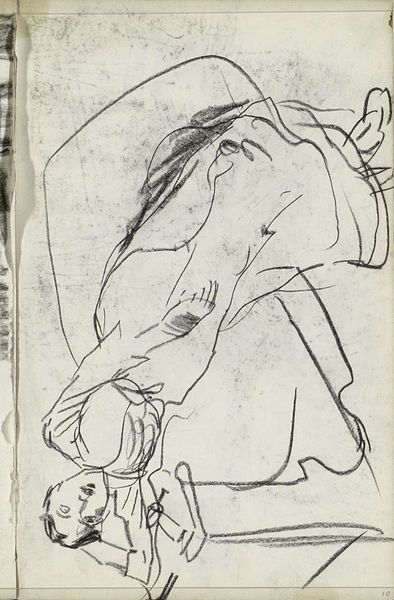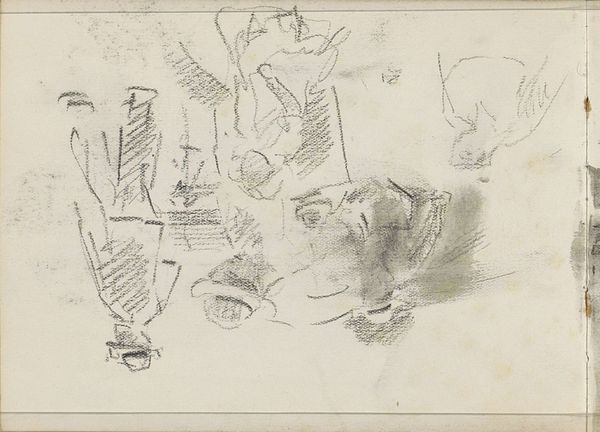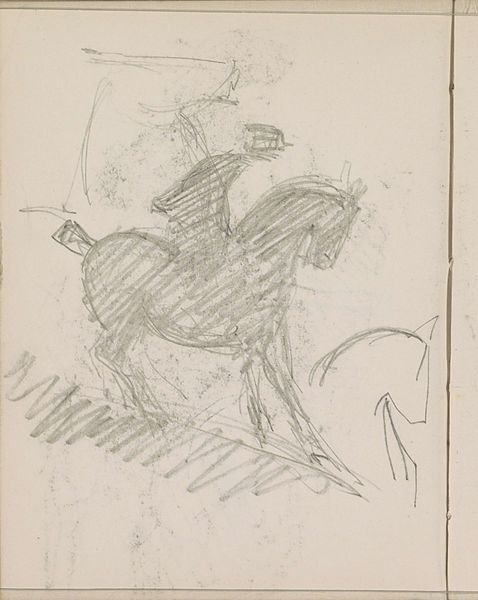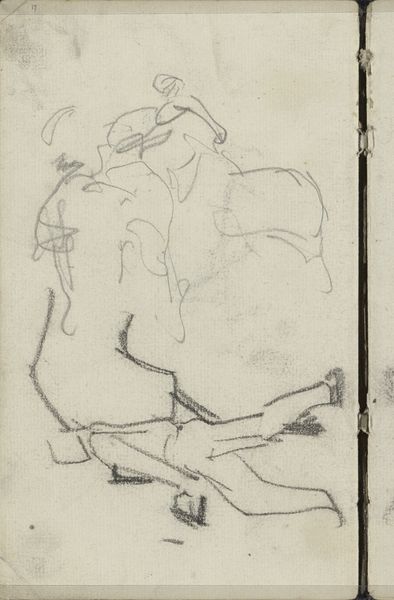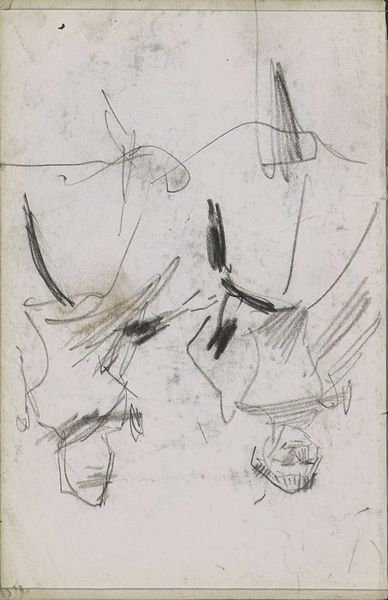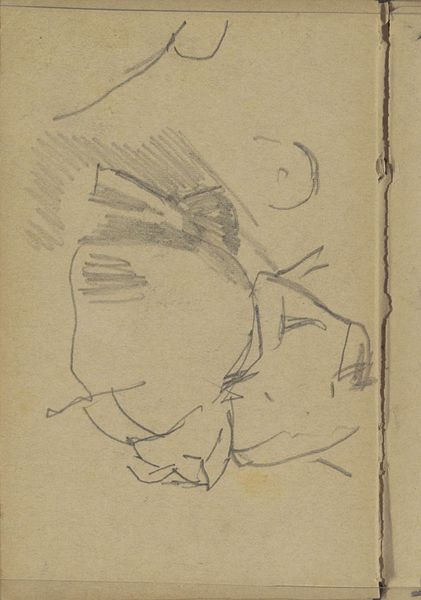
drawing, paper, pencil
#
portrait
#
drawing
#
animal
#
landscape
#
paper
#
romanticism
#
pencil
Copyright: Public Domain: Artvee
Editor: This is Thódore Géricault's "Horse Studies," dating from around 1812 to 1814. It's a pencil drawing on paper. The rough, almost frantic lines give it such an energetic feeling, like he's trying to capture the horses' spirit. What do you see in this piece? Curator: This work seems less about rendering anatomical accuracy and more about evoking the idea of "horse." Think about the power the horse held symbolically, representing nobility, freedom, even untamed instinct. How do you think Géricault taps into those ideas here? Editor: The lines feel so free and expressive, like he's focusing on capturing the energy and movement rather than getting every detail perfect. It makes me think about Romanticism's focus on emotion and individualism. Curator: Precisely. The horse in Romanticism embodies a kind of primal energy, reflecting humanity's connection to the natural world, and the surge of progress with military associations. Note the layered drawings; can you sense an urgency here, a need to fix an image to paper, as if to master its symbolism? Editor: I can see that now! There's definitely an energy that goes beyond just observation. It feels almost… desperate? Curator: And do you think the medium enhances that impression? Pencil sketches allow a directness, a sense of immediacy that oil paint, for example, might not afford. Editor: That makes a lot of sense. I hadn't thought about how the choice of pencil adds to that feeling of capturing a fleeting moment. I'll remember to think about an artist’s medium next time! Curator: Every mark carries a story. Visual literacy lies in uncovering them.
Comments
No comments
Be the first to comment and join the conversation on the ultimate creative platform.

